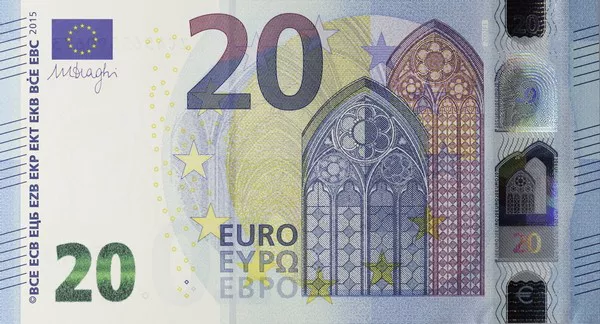The euro, a symbol of European economic integration, has experienced its fair share of ups and downs in recent times. As global economic dynamics shift and uncertainties prevail, investors and economists are closely monitoring the trajectory of the euro. In this article, we will explore the factors influencing the euro’s performance and attempt to answer the looming question: Will the euro go back up?
Historical Context:
To understand the current situation, it is crucial to delve into the historical performance of the euro. Since its introduction in 1999, the euro has faced various challenges, including the sovereign debt crisis, political uncertainties, and economic disparities among Eurozone member countries. Over the years, the euro has demonstrated resilience, recovering from setbacks and achieving stability.
Current Economic Landscape:
As of [current date], the global economic landscape is characterized by uncertainties stemming from geopolitical tensions, the aftermath of the COVID-19 pandemic, and shifts in monetary policies. These factors have a direct impact on the euro’s performance, as the Eurozone is intricately connected to the global economy.
One of the primary determinants of the euro’s trajectory is the economic health of the Eurozone. The region has witnessed gradual economic recovery, with key indicators such as GDP growth and unemployment rates showing positive trends. However, challenges persist, including inflationary pressures and the need for structural reforms in certain member countries.
Monetary Policy and Central Bank Actions:
The European Central Bank (ECB) plays a pivotal role in shaping the euro’s fate. Monetary policy decisions, interest rates, and quantitative easing measures implemented by the ECB significantly influence investor confidence and the overall economic environment within the Eurozone.
In recent times, the ECB has maintained an accommodative stance, with low-interest rates and various stimulus measures to support economic recovery. These policies are aimed at fostering growth, stabilizing inflation, and maintaining the overall stability of the euro. The effectiveness of these measures in the face of external challenges will play a crucial role in determining the euro’s future trajectory.
Geopolitical Considerations:
Geopolitical events have a profound impact on currency values, and the euro is no exception. Ongoing geopolitical tensions, trade disputes, and uncertainties surrounding international relations can lead to fluctuations in the euro’s value. The resolution of geopolitical issues or the emergence of new challenges may influence investor sentiment and confidence in the euro.
Brexit, for instance, has been a significant geopolitical factor affecting the euro. The negotiations and eventual outcome have created uncertainties and fluctuations in currency markets. As geopolitical landscapes evolve, market participants will closely watch for developments that may impact the euro’s stability.
Global Economic Trends:
The interconnectedness of the global economy means that events outside the Eurozone can have a substantial impact on the euro. The performance of major economies such as the United States, China, and emerging markets influences currency markets and can contribute to the rise or fall of the euro.
Trade balances, economic indicators, and fiscal policies of major trading partners all contribute to the euro’s overall performance. A synchronized global economic recovery may bode well for the euro, while challenges in major economies could pose risks to its stability.
See Also Why The Euro Is Falling
Conclusion:
In conclusion, predicting the future trajectory of the euro involves a complex analysis of economic, political, and global factors. While the Eurozone has shown resilience in the face of challenges, uncertainties persist. The effectiveness of monetary policies, geopolitical developments, and global economic trends will all contribute to shaping the euro’s future.
Investors and policymakers alike will continue to monitor indicators closely, seeking insights into the euro’s potential movements. As the global economic landscape evolves, the fate of the euro remains intricately tied to the broader dynamics influencing the world economy. While challenges exist, the Eurozone’s commitment to stability and the actions of central banks will likely play a crucial role in determining whether the euro will rise again in the coming months and years.


